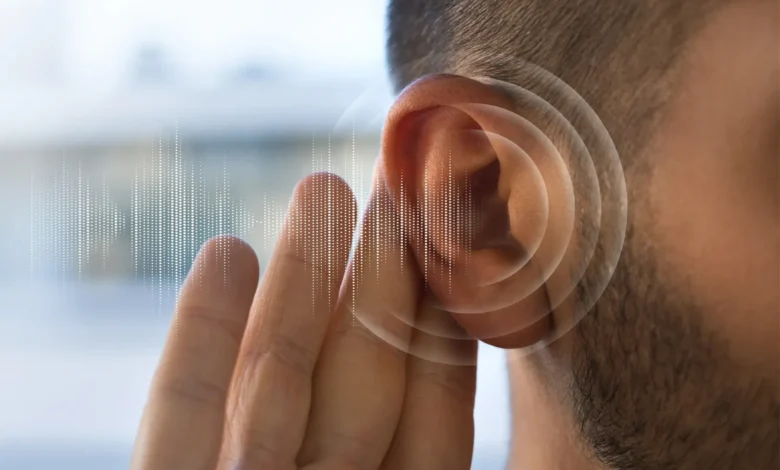Swedish scientists restore hearing to patients with congenital deafness through gene therapy

Scientists from the Karolinska Institute in Sweden have for the first time achieved tangible restoration of hearing in patients with genetic deafness. As informs Nature Medicine, the study demonstrated the success of gene therapy in adolescents and adults who had hearing impairment due to mutations in the OTOF gene. This gene is responsible for the protein otopherin, which transmits sound signals to the brain. Due to its absence, about 200 thousand people in the world do not have the ability to hear.
The study involved 10 patients aged 1 to 24 at five medical facilities in China. All participants had deafness or profound hearing loss caused by the OTOF mutation. The treatment involved a single injection of a normally functioning copy of the gene into the cochlea using a modified virus.
Already a month after the therapy, most of the patients began to respond to sounds, and within six months, all ten demonstrated a significant improvement: the average hearing threshold decreased from 106 to 52 decibels. No serious side effects were recorded during the year. The most pronounced results were observed in children aged 5–8 years. In particular, one 7-year-old girl, who underwent treatment in one ear and had a cochlear implant in the other, was able to restore almost full sound perception and heard the sound of rain for the first time.
One of the co-authors of the study, Maoli Duan, noted that the results in the oldest participants — 14- and 24-year-olds — were particularly encouraging, as it was previously believed that such therapy was ineffective for older patients.
Scientists intend to continue monitoring the condition of patients for the next 5-10 years to assess the duration of the effect. In addition, the research team is already working on developing similar therapies for other forms of hereditary deafness linked to the GJB2 and TMC1 genes. According to Duane, this is only the first step toward treating most genetic hearing disorders.





